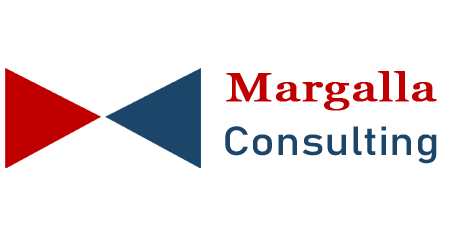In the digital age, businesses are more connected, efficient, and globalized than ever. However, this interconnectedness also exposes organizations to a growing array of cyber threats. From data breaches to ransomware attacks, the digital landscape poses risks that can jeopardize a company’s reputation, finances, and operations. To thrive in this environment, businesses must adopt robust strategies to secure their digital assets and operations. Here’s a guide on how to secure your business in the digital age.
Prioritize Cybersecurity Awareness and Training
Employees are often the first line of defense against cyber threats, but they can also be the weakest link if not properly trained. Human error, such as clicking on phishing links or using weak passwords, accounts for a significant portion of cybersecurity breaches. Invest in regular training programs to educate your workforce about:
• Recognizing phishing attempts.
• The importance of strong, unique passwords.
• Secure use of company devices and networks.
A cybersecurity-conscious culture reduces risks and empowers employees to act as vigilant defenders of your business.
Implement Strong Access Controls
Control who has access to your sensitive data and systems. Not every employee needs access to all areas of your business network. Use the principle of least privilege—grant access only to the information and systems necessary for an individual’s role. Additionally, implement multi-factor authentication (MFA) for an added layer of security. MFA requires users to verify their identity through multiple methods, such as a password and a code sent to their phone.
Regularly Update and Patch Systems
Outdated software and systems are prime targets for cybercriminals. Developers frequently release patches and updates to address vulnerabilities, and failing to apply them leaves your business exposed. Establish a routine schedule to:
• Update operating systems, applications, and plugins.
• Replace outdated hardware and software that no longer receive security updates.
Automation tools can help streamline patch management across your network.
Secure Data with Encryption
Data encryption ensures that even if information is intercepted or stolen, it remains unreadable to unauthorized users. Encrypt sensitive data, both in transit (e.g., emails or file transfers) and at rest (stored on servers or devices). Additionally, ensure that your communication channels, such as websites and apps, use secure protocols like HTTPS. Encryption not only protects data but also enhances customer trust in your business.
Develop a Comprehensive Incident Response Plan
Even with robust defenses, breaches can still occur. Having an incident response plan ensures your business can react swiftly to minimize damage. This plan should include:
• Defined roles and responsibilities during a breach.
• Steps for identifying and containing the threat.
• Communication strategies for notifying stakeholders, including customers, partners, and authorities.
Regularly test and refine your response plan to ensure its effectiveness in a real-world scenario.
Leverage Advanced Security Technologies
Modern threats require modern solutions. Invest in tools like:
• Firewalls and antivirus software: To block unauthorized access and detect malware.
• Intrusion detection systems (IDS): To identify and alert you to suspicious activity.
• Artificial intelligence (AI) tools: To analyze patterns and detect potential cyber threats.
These technologies work together to create a proactive defense system for your business.
Conduct Regular Security Audits
Security is not a one-time task but an ongoing process. Regular audits help identify vulnerabilities and ensure compliance with industry standards and regulations. Work with cybersecurity professionals to evaluate your defenses and provide recommendations for improvement.
Secure Remote Work Environments
With remote work becoming the norm, securing off-site operations is critical. Ensure employees use secure virtual private networks (VPNs), company-approved devices, and strong passwords. Provide guidelines for avoiding public Wi-Fi and ensure home networks are secured with updated routers and firewalls.
Protect Your Supply Chain
Cyberattacks often exploit weak links in the supply chain to target businesses indirectly. Collaborate with vendors and partners to ensure they adhere to robust security practices. Include cybersecurity clauses in contracts to protect your business from third-party risks.
Stay Compliant with Regulations
Different industries and regions have specific regulations for data security and privacy, such as GDPR, HIPAA, or CCPA. Staying compliant not only helps avoid legal penalties but also demonstrates your commitment to protecting stakeholders’ data.
Securing your business in the digital age requires a proactive, multi-layered approach. By investing in employee training, leveraging advanced technologies, and fostering a culture of cybersecurity, you can protect your assets and ensure operational continuity. In a world where the cost of cyberattacks continues to rise, taking these steps is not just a choice—it’s a necessity. The digital landscape may be fraught with risks, but with the right strategies, businesses can confidently navigate it and leverage its opportunities for growth and innovation.


